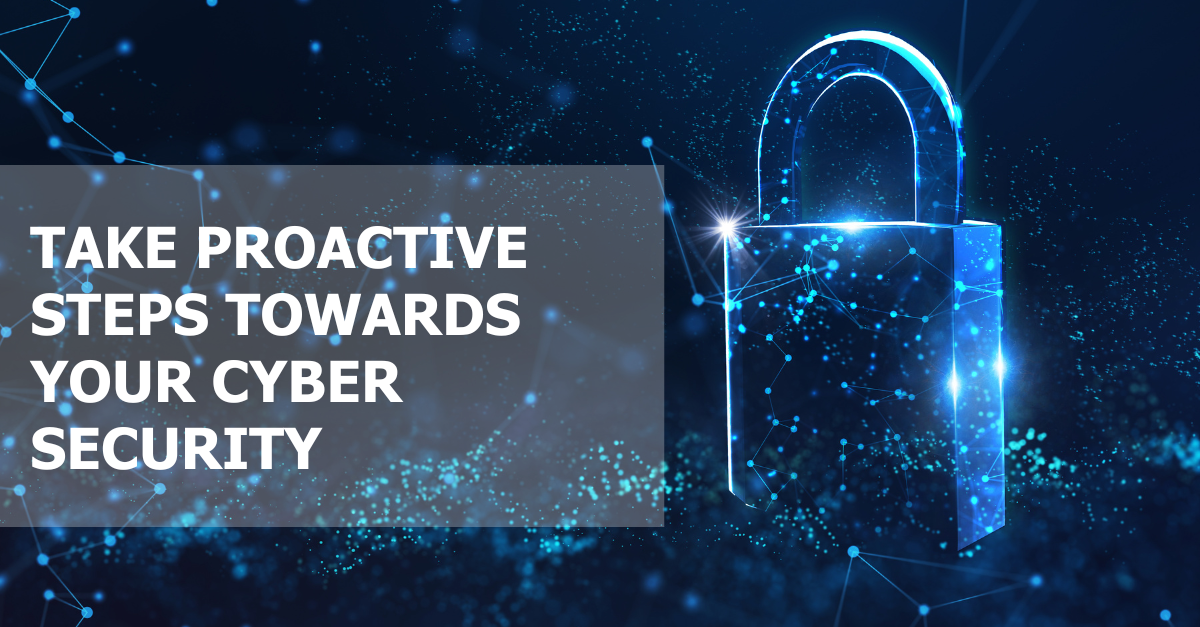Cyber incidents are cited as the most relevant risk for businesses in 2022 and 2023. It is important for your organization to keep a pulse on the latest cyber security trends to help protect data from external threats.
According to Fortinet’s Cyber Threat Predictions for 2023, cyber crime is projected to continue to increase substantially through 2023 (Fortinet, 2022). Among these rising threats is Ransomware-as-a-Service (RaaS), a business-like subscription service that is spreading quickly throughout the world. While RaaS increases in popularity among cyber criminals, 49% of survey respondents, including “business leaders and cyber security professionals,” indicated that their organization’s ransomware policy was to pay the ransom immediately (Fortinet, 2021). Instead of paying a ransom when your organization falls victim to a cyber breach, take proactive steps toward security with the best tools and practices.
Here are the biggest cyber security threats facing business today, and the steps you can take towards ensuring secure connectivity for your organization:
Crime-as-a-Service
As cyber criminal organizations experienced success from RaaS offerings in 2021 and 2022, Fortinet predicts similar criminal services will be deployed in 2023. In preparation for these emerging threats, IT Directors and CISOs must consider:
- Implementing network segmentation
- Deploying Zero Trust Network Access (ZTNA) protocols, such as multi-factor authentication
- Training end-users to recognize malicious digital communications
Distributed Denial of Service (DDoS)
DDoS attacks overwhelm your organization’s servers and prevent authorized users from accessing them. With DDoS attacks already doubling 2021’s count, IT Directors and system administrators can take these steps to ensure authorized access for their organizations:
- Deploying a secondary Internet connection on a distinct circuit path
- Monitoring and analyzing your Internet traffic to identify cyber attacks of this nature, while tuning your network to prevent a breach
- Quarantining suspicious emails
- Keeping backups of sensitive data
Botnets
TechTarget defines botnets as “collection[s] of Internet-connected devices, including PCs, mobile devices, and servers and IoT devices that are infected, and remotely controlled by a common type of malware” (Rosencrance, 2021). Botmasters utilize these connected devices to perform malicious activities such as infecting a system, generating spam, or phishing attempts. System administrators can take the following steps to prevent botnet attacks:
- Regularly update all software leveraged by the organization
- Deploy tools such as firewalls and antivirus software
In conclusion, with more and more organizations implementing digital strategies and leveraging the cloud, cyber criminals are targeting organizations in droves. If organizations are to utilize the full potential of cloud infrastructure strategies, they must be aware of the most relevant threats and take the necessary steps to prevent them.
Don’t let cyber criminals get their payday. Fill out the form to Download Technium’s Cyber Hygiene Checklist.

 Technium
Technium

![[Press Release] Technium and Marlborough High School Partner to Help Talent Shortage and Advance Careers Through Cyber Camp](https://blog.techniumnetworking.com/hubfs/Student%20girl%20with%20trainer%20working%20on%20computer%20and%20tablet.jpeg)

